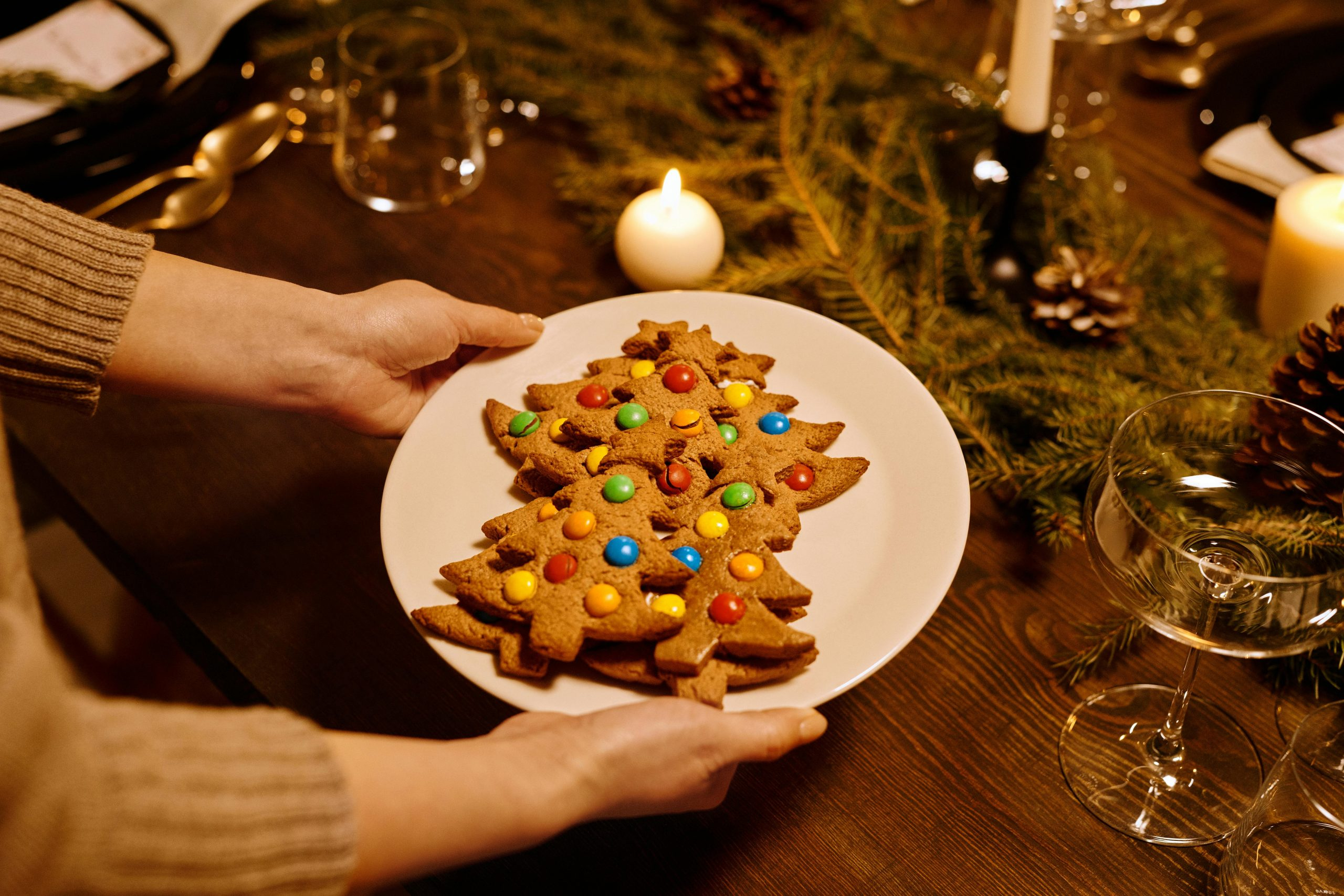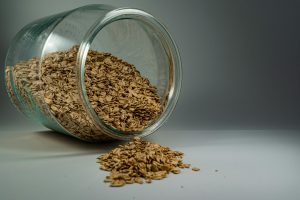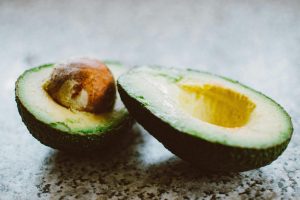The Art of Plating: Why Presentation Matters in Home Cooking
Cooking meals at home is much more than just the act of preparing food. It is an art that requires both creativity and skill. From experimenting with new flavors to perfecting the cooking techniques, many factors go into creating a delicious dish. However, one aspect of home cooking that often gets overlooked is the presentation. We’ve all heard the phrase “we eat with our eyes first,” and there is a good reason for that. The art of plating, or presentation, plays a significant role in how we perceive and enjoy the food we eat. In this article, we will explore why presentation matters in home cooking and how you can elevate your dishes to the next level.
The Power of Presentation
Have you ever noticed that the same dish can taste different depending on where and how it is served? That’s because our brain associates visual cues with certain flavors. Think about your favorite restaurant dishes; they not only taste fantastic but also look visually stunning. Whether it’s the perfect arrangement of food on the plate or the use of colorful ingredients, the way a dish is presented can enhance the dining experience and even influence our perception of taste.
The Importance of Aesthetics
When it comes to food, we are naturally attracted to visually pleasing items. That’s why we put so much effort into decorating cakes and pastries or garnishing cocktails. The same principle applies to home cooking. When we see a beautiful dish in front of us, we are more likely to enjoy it and have a positive experience. It also creates a sense of anticipation and excitement, making the meal more satisfying.
Enhancing Flavor Perception
As mentioned earlier, our brain associates visual cues with certain flavors. This phenomenon is known as the “Gestalt principle,” where our mind fills in the gaps between visual stimuli to perceive a whole. In simpler terms, we eat with our eyes first, and the visual cues of a well-plated dish can enhance our perception of flavors. For example, uniform slices of meat on a plate convey a sense of tenderness and juiciness, whereas a pile of sloppy cuts may make us think otherwise.
Creating the Perfect Presentation
While there is no right or wrong way to present a dish, certain techniques and strategies can elevate your plating skills and make your dishes look more appetizing. Here are a few tips to get you started:
Use Contrast
Contrasting colors and textures can add visual interest to a dish. Ingredients such as herbs, fruits, and vegetables can add a pop of color to monochromatic dishes, making them more appealing. Similarly, combining crunchy and creamy elements can create a pleasant contrast in texture, making each bite more exciting.
Play with Height and Depth
Avoid serving a flat and uninspiring dish by playing with height and depth in your presentation. Foods of varying heights and textures create a more dynamic composition and make the dish look more visually appealing. You can achieve this by stacking ingredients or using props such as ramekins or cups to add layers to your dish.
Don’t Forget the Plate
One element of plating that often gets overlooked is the plate itself. The color and shape of the plate can have a significant impact on the overall presentation of the dish. A white plate provides a clean canvas, allowing the colors of the food to stand out. On the other hand, a brightly colored plate can make a vibrant dish look dull. Consider the colors and shapes of your ingredients when choosing a plate.
Conclusion
The art of plating may seem like a small aspect of home cooking, but it can make a world of difference in how we enjoy our food. By paying attention to the aesthetics of your dish and using techniques such as contrast and height, you can elevate the visual appeal of your dishes and make them more enjoyable. So, next time you are cooking at home, remember that presentation matters just as much as the flavor of your dish.











